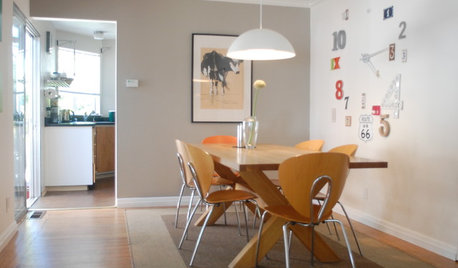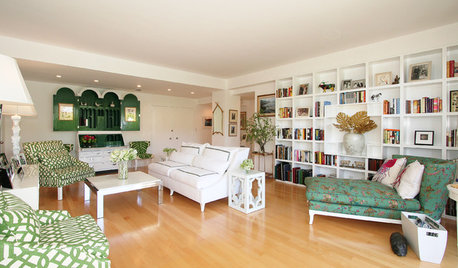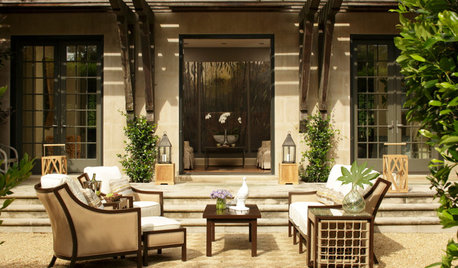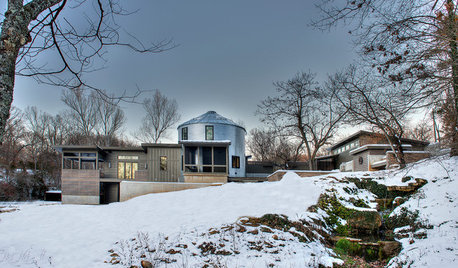Going for the Pinehurst #2 look
BermudaTamer
9 years ago
Related Stories

DECORATING GUIDESHow to Go Geometric Without Going Overboard
If your home decorating isn’t adding up, consider angles and shapes to help solve the equation
Full Story
BEFORE AND AFTERSA Boston Kitchen and Bath Go From Dreary to Darling
See how a $25,000 renovation budget gave 2 outdated spaces in a small Massachusetts apartment a brand-new look
Full Story
DECORATING GUIDESA By-the-Numbers Guide to Going Graphic
Adding life — not to mention organization — to your space can be as easy as 1, 2, 3 with a little paint and imagination
Full Story
EVENTSSneak a Peek at Where the Pros Go to Get Inspired
At the 2015 Summer Las Vegas Market, thousands of retailers, designers and home pros will gather to discover the latest home decor trends
Full Story
HOUZZ TOURSHouzz Tour: Los Angeles Condo Gives Green the Go
A profusion of leafy textiles, jade-painted pieces and green trellis patterns create a fresh feel against crisp white backdrops
Full Story
ECLECTIC STYLEBeautiful Clutter? These 13 Rooms Say Go for It
No need to haul cartons to Goodwill for a picture-perfect room. You can have a well-decorated home and all your stuff too
Full Story
EVENTSWhere Pros Go to Discover Outdoor Furniture Ideas
Casual Market Chicago: Learn about trends in outdoor furniture and accessories
Full Story
GREEN BUILDINGHouzz Tour: Going Completely Off the Grid in Nova Scotia
Powered by sunshine and built with salvaged materials, this Canadian home is an experiment for green building practices
Full Story
GARDENING AND LANDSCAPINGHow to Make a Pond
You can make an outdoor fish paradise of your own, for less than you might think. But you'll need this expert design wisdom
Full Story
INDUSTRIAL STYLEHouzz Tour: Going Against the Grain in a Missouri Silo
See how a creative couple turned a metal grain bin into a most unusual container for living
Full StoryMore Discussions








BermudaTamerOriginal Author
BermudaTamerOriginal Author
Related Professionals
Deer Park Landscape Architects & Landscape Designers · Taylorsville Landscape Architects & Landscape Designers · Peabody Landscape Contractors · East Patchogue Landscape Contractors · El Segundo Landscape Contractors · Fair Oaks Landscape Contractors · Fort Hunt Landscape Contractors · Fort Worth Landscape Contractors · Nanuet Landscape Contractors · Seven Hills Landscape Contractors · West Haverstraw Landscape Contractors · Whitehall Landscape Contractors · Camp Springs Landscape Contractors · Palos Verdes Estates Swimming Pool Builders · West Palm Beach Swimming Pool Buildersdanielj_2009
BermudaTamerOriginal Author
danielj_2009
lou_spicewood_tx
krnuttle
BermudaTamerOriginal Author
dchall_san_antonio
BermudaTamerOriginal Author
dchall_san_antonio
BermudaTamerOriginal Author